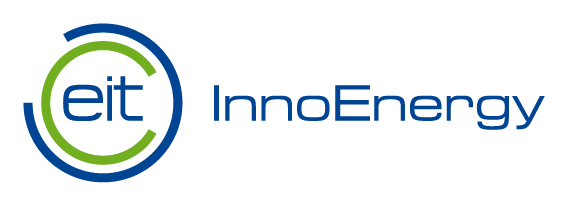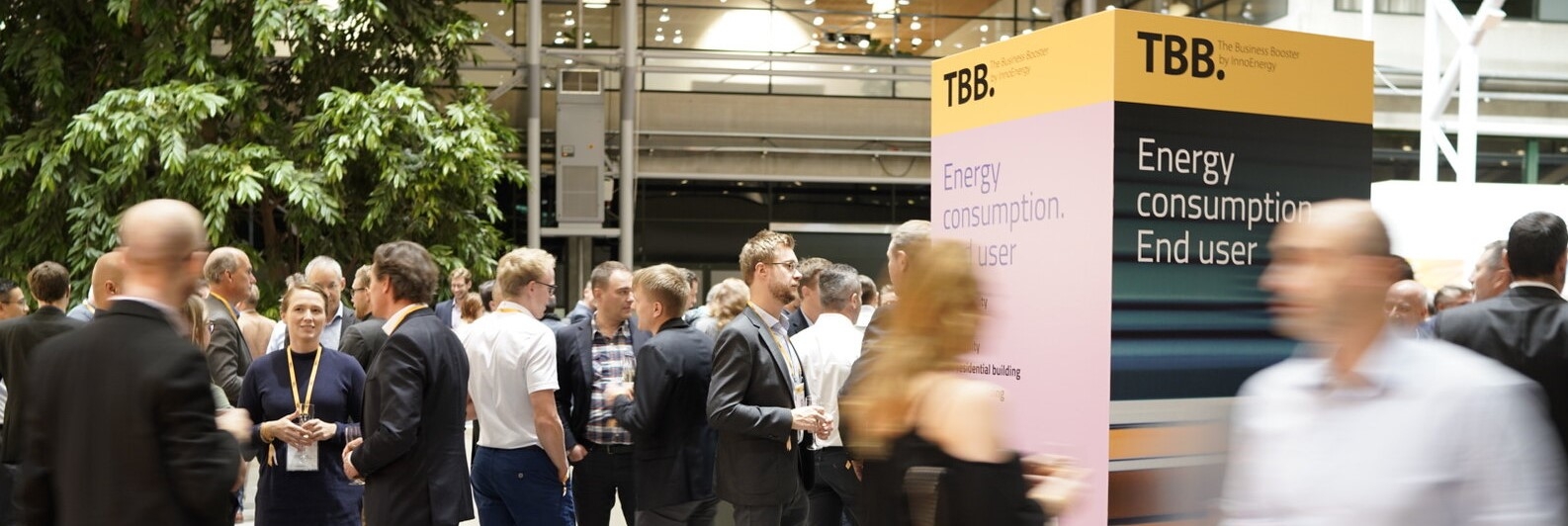Five EIT InnoEnergy-supported start-ups among the Top 33 tech companies in Sweden

For the 13th consecutive year, Ny Teknik (Swedish media) appointed Sweden’s 33 most promising young technology companies who have the greatest opportunity to become leaders in their field. The technology areas range from energy solutions to biotechnology and robotics, from AI to logistics solutions. But all 33 companies have one thing in common: they are based on their own technical innovation that has the potential to reach an international market. In total, 300 start-ups were reviewed for the 2020 edition.
The 33-list is Ny Teknik's startup list where we annually nominate Sweden's best, most innovative technology startups that can change the industries they work in and that have an international potential - companies that are tomorrow's technology stars. We are happy to count five of our supported start-ups in 2020 ranking.
ALTRIS
Altris has come up with a new way of manufacturing cathodes for sodium ion batteries. The method is cheaper and is based on raw materials that are commonly used.
The product is an iron and sodium-based electrode material that Altris calls Fennac®, which is readily produced in large quantities via a low energy process. The competitive energy density makes the material suitable for sodium ion batteries applied for stationary energy storage, to support the grid and other applications where a low-cost alternative is attractive.
Sodium ion batteries are considered by many as a new type of battery that could be more environmentally friendly than other types of batteries. Altris focuses on large stationary batteries that can store excess energy from wind and solar power.
GRAPHMATECH
Graphmatech is another very promising start-up, nominated in the Top 33 Swedish start-ups for the second year in a row. In just a few years, the start-up has piled up successes, awards and recognitions for its major breakthrough that enables to use graphene’s full properties in real-life applications.
Graphene has extraordinary properties – it is both the thinnest and the strongest material ever known, it has extremely high thermal and electrical conductivity while being ultra-light and transparent. It is therefore expected to revolutionise engineering materials as well as the power and electronics sectors, but industrial adoption has been slow since its isolation in 2004, mainly due to agglomeration issues. The novel hybrid graphene material named Aros Graphene® developed by Graphmatech solves this issue. The technology keeps graphene flakes separated and results in a powder that can be well dispersed in metals, polymers and fluids, utilised to coat surfaces or 3D-printed without loss of graphene’s remarkable properties. Their technology has, among other things, made it possible to manufacture a plastic with high electrical and thermal conductivity. The hybrid graphene material can also contribute to a new generation of cobalt-free batteries.
NORTHVOLT
In 2017, a start-up announced a bold and simple plan: develop the world’s greenest battery cell and establish one of Europe’s largest battery factories. Since then, the battery manufacturer Northvolt has grown at an enormous rate. The demonstration plant in Västerås has already started and the large-scale battery factory in Skellefteå will start lithium-ion cells production next year.
Northvolt's blueprint for battery manufacturing is built around a commitment to sustainability. Their approach begins with ethical sourcing of raw materials and ensuring a minimal environmental footprint through production.
Going further, Northvolt is also working on industrialising battery recycling so the metals can return to new battery production. Northvolt’s recycling method has been developed in conjunction with researchers at Chalmers University, Sweden, and optimises the process design for hydrometallurgical treatment. The process allows for more efficient recovery of valuable metals including lithium, nickel, manganese and cobalt.
PEAFOWL SOLAR POWER
Peafowl Solar Power has developed the world’s first direct plasmonic solar cell, a completely new type of solar cell that produces electricity by nanoparticles vibrating. The solar cell can thus become completely transparent and provide weak current even in low-light conditions.
The technology enables the next generation of smart buildings and self-powered IoT devices. Peafowl Solar Power’s solar cells will be used to power IoT products, such as sensors, or dynamic windows that adapt the light input to the sunlight outdoors among other applications.
SCiBREAK
SCiBreak develops ultra-fast circuit breakers for medium to high voltage based on an innovative concept that enables the interruption of fault currents in both AC and DC grids in a few milliseconds. This limits the disturbances and equipment damage associated with today’s slow AC breakers, or the high cost of existing DC breakers. By employing a combination of power electronics and mechanical interrupting elements, the use of expensive power semiconductors (the costliest part of a hybrid breaker) can be reduced tenfold.
The company has recently entered the railway market, signing a SEK 38 million contract with the Swedish Transport Administration to upgrade the Swedish rail network by providing ultra-fast circuit breakers. This opens up for significant potential across Europe.
“We are happy to count five of our supported start-ups on the 33-list. Altris, Graphmatech, Peafowl Solar Power and SCiBreak are based on technologies out of Uppsala University and KTH, our partner universities. These are ventures that we have invested in and supported from a very early stage through are Business Creation and Innovation programmes”, says Ingvar Eriksson, Business Creation Officer at EIT InnoEnergy Scandinavia.
Previously, additional EIT InnoEnergy supported start-ups featured in the prestigious ranking: foreseeti in 2016-2017, Watty in 2018 and Swedish Algae Factory in 2018-2019. We look forward to seeing more of them in the coming years.

